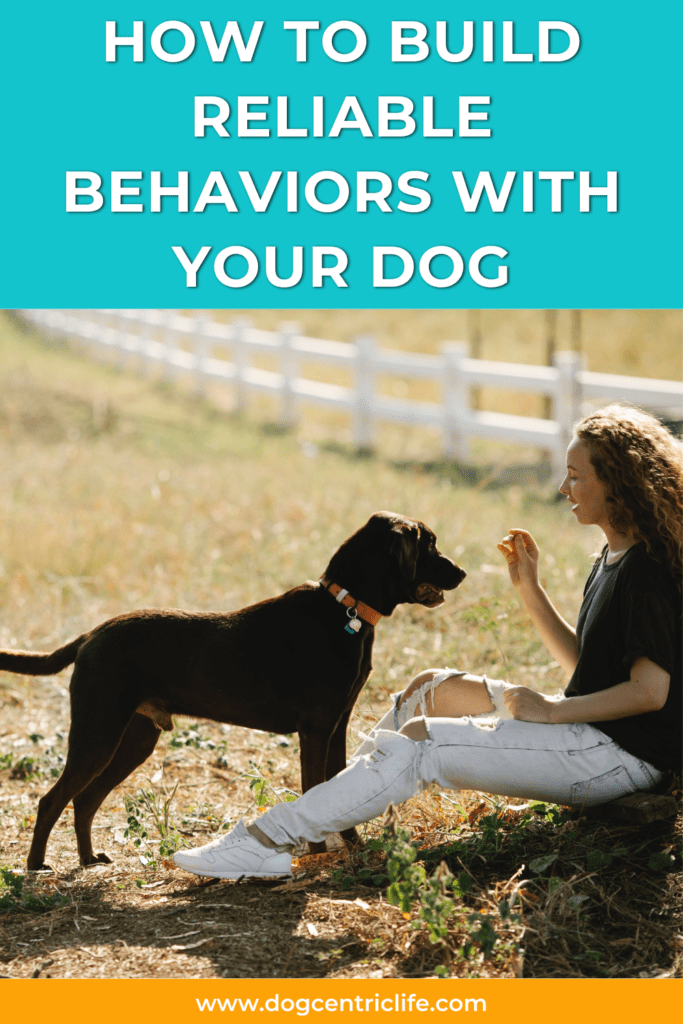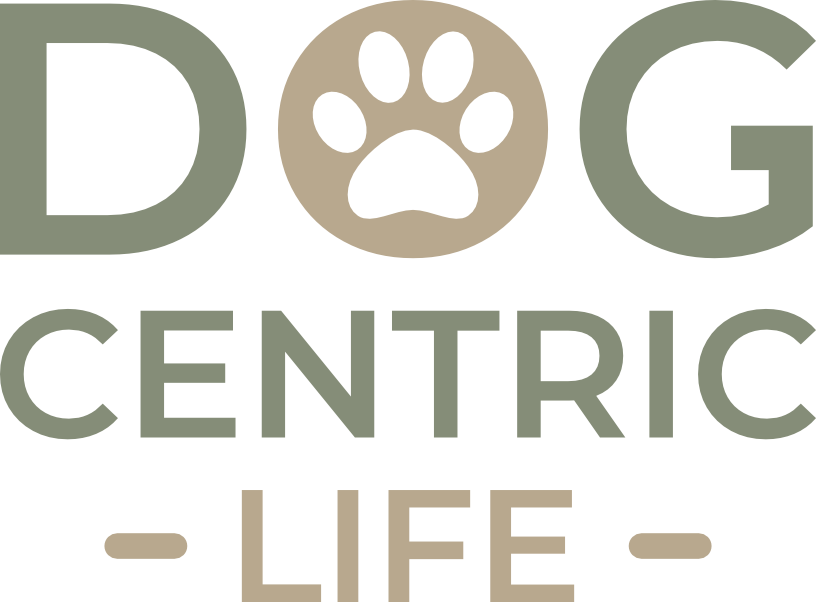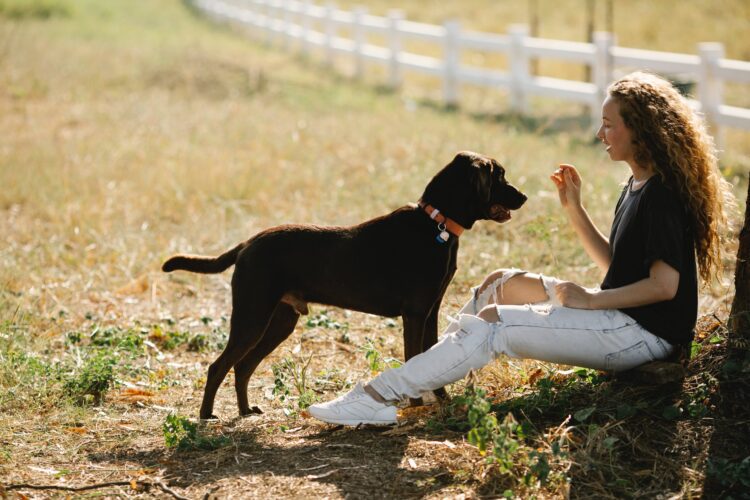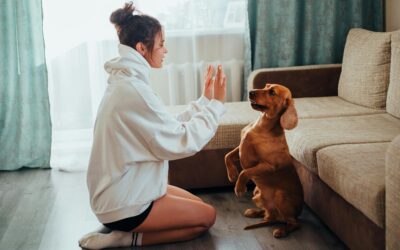Have you ever wondered why the training cues you give your dog may work in some locations, but not others? For example, you go to dog training class and your dog learns to sit. They actually seem to have mastered it by your standards! Every time you ask them to sit they respond immediately and perfectly! You get home and are eager to show off what they learned. You ask your dog to sit and your dog looks at you like you’re an alien from another planet and has no idea what you’re saying. Sound familiar? Well… this has to do with generalization… and it shows the importance of this concept to ensure that your dog’s behaviors are reliable across various environments both with and without distractions.
Understanding Generalization:
Generalization, with respect to dog training, refers to the process of teaching your dog to respond to a cue in various environments, situations, and with different distractions present… beyond the initial training environment. It helps your dog understand that the behaviors you’ve taught them apply not only at home or in dog training class, but also in real-life scenarios like parks, streets, or crowded areas.
Here are some ways generalization techniques can be applied in your dog training journey:
- Training in Different Environments: Initially, a dog might learn a behavior in a controlled environment, such as inside the house or a quiet backyard. However, for the behavior to be truly learned, the dog needs to understand that the cue for that behavior applies in different locations as well. This means you need to practice the behavior with your dog in various environments like parks, streets, and other areas.
- Varying Distractions: Dogs naturally get distracted by different things going on in their environment… like other animals, people, sounds, or smells. Generalization involves gradually exposing your dog to these distractions while practicing the learned behavior. For example, if you are teaching your dog to sit, start in an environment with few or, better yet, no distractions. Once your dog seems to be doing well in that environment you can then begin to gradually add distractions, such as other dogs or people passing by.
- Different People: Dogs often learn to respond to cues from their primary caregivers or trainers. However, it’s important for your dog to be able to respond to the cue when it’s given from other people as well. This means practicing with different family members, friends, and maybe even friendly strangers, if you are so inclined, so your dog learns to perform the behavior regardless of who provides the cue.
- Various Times of the Day: Dogs might behave differently depending on the time of day and possibly even with respect to their energy levels. It can be helpful to practice your generalization techniques at different times to ensure that the dog responds consistently regardless of the time of day.
- Surfaces and Conditions: Dogs should also learn to respond to cues under different, or changing, conditions. You may find a dog that will sit on the grass but won’t sit in the snow (or on pavement, carpet, tile, sand, etc), so practicing on different surfaces, and environments, can be helpful as well.
- Positive Reinforcement: Use consistency with positive reinforcement techniques such as praise, treats, or toys to motivate your dog during training sessions. This helps reinforce desired behaviors and encourages generalization.
- Gradual Progression: Generalization is typically achieved through a gradual progression process. Start with easy scenarios and gradually increase the difficulty level as your dog becomes more proficient. This will help to prevent your dog from becoming overwhelmed and helps to build a strong foundation for the behaviors you are trying to achieve with your dog.
- Be Patient: This process takes time and patience. Don’t rush the process or expect immediate results. Celebrate small victories and continue practicing regularly.
Overall, generalization in dog training is essential for ensuring that your dog’s behaviors are reliable in a wide range of real-life situations, making them a well-behaved companion both at home and in public. With dedication and consistency you’ll be amazed how quickly your dog can become a pro… and how much you’ll want to show off how smart they are! Most of all… remember to enjoy the process and have fun building a strong bond with your canine companion!








0 Comments